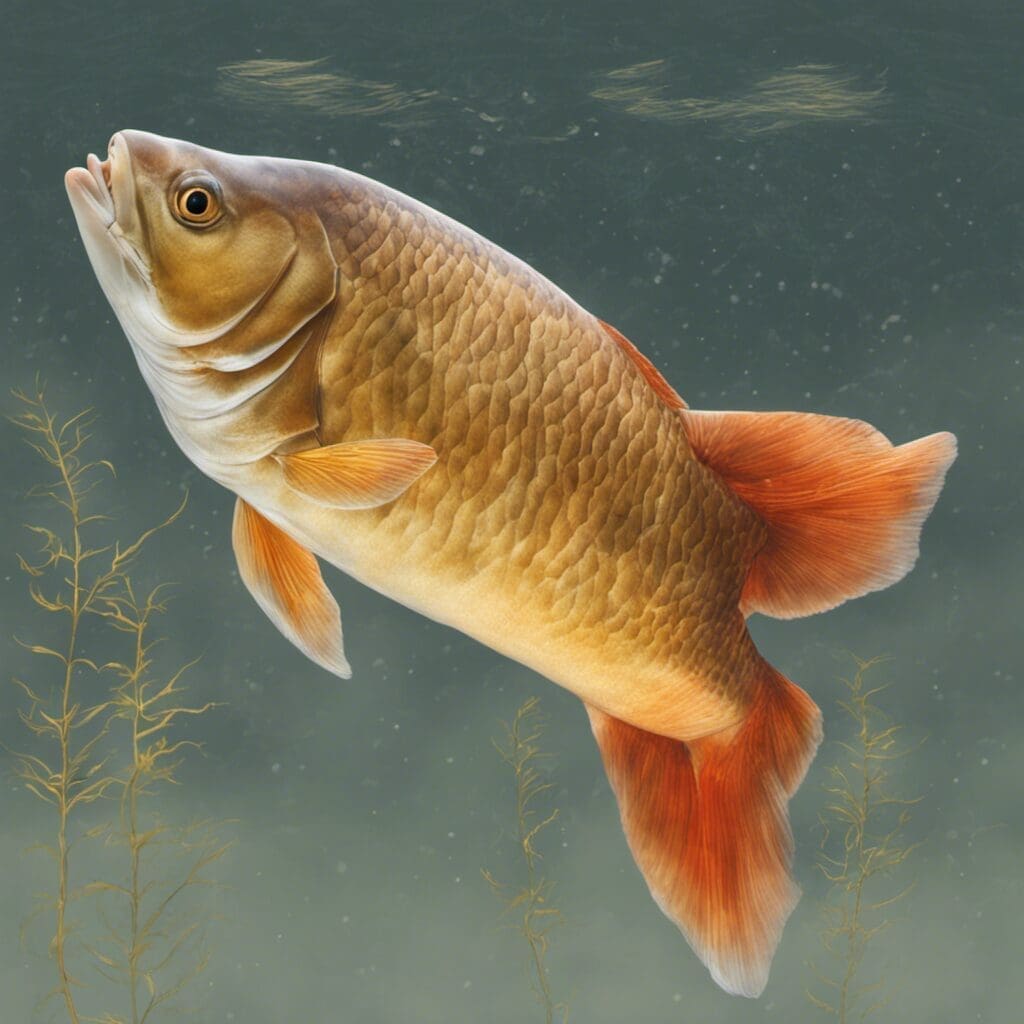Introduction
The “Golden Redhorse” (Moxostoma erythrurum) is a remarkable fish species part of the Catostomidae Family. This species is known for its attractive golden coloration and unique lifestyle.
Conservation Status
The Golden Redhorse is currently categorized as a species of “Least Concern” by the International Union for Conservation of Nature (IUCN). This indicates that there are no immediate, widespread threats to its survival. Despite this, conservation efforts are necessary to maintain stable populations, including habitat conservation and water quality regulation.
Statistics
| Statistic | Average | Range |
|---|---|---|
| Length | 30 cm | 15-49 cm |
| Weight | 0.7 kg | 0.2-2.0 kg |
| Average Lifespan | 10 years |
Distribution
Golden Redhorses are primarily found in North America, particularly in the waters across the United States and in areas of southern Canada. They do not exhibit any known migration patterns.
Habitats
Golden Redhorse thrives in various water types including rivers, lakes, and even small streams. They prefer shallow water depths and are usually found in clean, clear water with temperate climates.
When and Where to See
Visitors can observe these fish during spring and summer months, particularly during daylight hours.
Best Fishing locations
Golden Redhorses are commonly found throughout North America. Specific locales include the Ohio, Mississippi, and Tennessee rivers.
Fishing Tips
To catch a Golden Redhorse, look for clear-bodied steams with slow currents over gravel or sand bottoms.
How to Catch
Golden Redhorse respond well to various types of bait, especially night crawlers and small insects. Anglers often use techniques such as bottom fishing or fly fishing. Prime fishing times are in the spring and fall months, and during the early morning or late evening hours.
Identification Guide
The Golden Redhorse is recognized by its golden-brown color, elongated body, and small, downturned mouth. It may be mistaken for other species of redhorse, but the Golden Redhorse’s dorsal fin has 12-13 rays, while others typically have fewer.
Culinary
Golden Redhorse fish are consumed in many regions and have a flavor profile similar to other white, flaky freshwater fish. They can be cooked in various ways, commonly through frying or grilling.
Additional Information
Behavior
Golden Redhorse feed primarily on insect larvae and other small aquatic invertebrates. They spawn in groups during spring on gravel or sandy bottoms of streams.
Predators and Threats
This fish has several natural predators, including larger fish species and birds such as herons. No major human-induced threats are at present, though habitat alteration and pollution may pose risks.
Cultural/ Historical Significance
Golden Redhorse holds no known major cultural or historical significance, though they’re a pleasant and popular catch among many fishermen.
References and Further Reading
For more information on the Golden Redhorse, interested readers could consider publications from the IUCN, North American Native Fishes Association, and various scholarly articles on fish ecology and behaviour. To stay current with the species’ status, updates from online databases and scientific journals will provide the most accurate information

